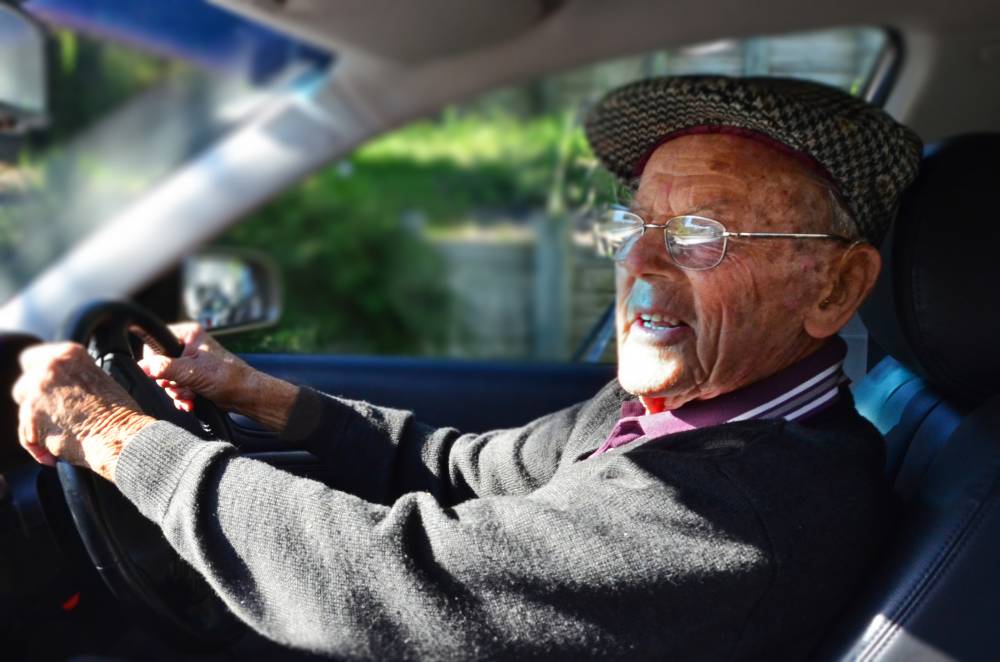
As a 76-year-old, I’ve just received my second NSW Fitness to Drive Medical Assessment form, to be filled by my GP, and which has needed to be completed annually since I turned 75. It is very, very comprehensive, covering a multitude of physical and mental health criteria.
And it got me thinking about all the controversy around older drivers, with the debate being between whether we are safer or more dangerous on the roads. So, I’ve been doing some research on this, and came across some interesting findings in a 2018 article in The Senior. They are worth sharing as they suggest that the answer might be six of the one, and half a dozen of the other.
On the one hand, there is the disturbing evidence reported by Dr Gratian Punch, from NSW’S Lismore Base Hospital, on the basis of figures provided by the Bureau of Infrastructure, Transport and Regional Economics. They showed that the number of driver deaths in “the 65 and over age groups were the only ones to rise year on year since 2007.”
On the other hand, according to the Combined Pensioners’ and Superannuants’ Association (CPSA), this does not necessarily mean that older drivers are inherently unsafe drivers. And its representative – policy officer Bronagh Power – cited research that showed that “higher rates of fatalities for older drivers are because they are frailer and more like to be injured in an accident.” In addition, she said, there is also research evidence indicating that “older driver crash involvement is primarily restricted to subgroups of older people with particular medical conditions, rather than encompassing all older drivers.”
In between all of that, there are things that we older people can do to improve our own personal safety, and the safety of others, and they have been usefully provided by the Mayo Clinic for older drivers, with its “7 tips for driver safety.” They are set out in detail on the following site: https://www.mayoclinic.org/healthy-lifestyle/healthy-aging/in-depth/senior-health/art-20046397
And in summary, they are as follows:
For many of us, driving gives us an independence that we would be reluctant to give up unless necessary. It is up to us to drive realistically, to the best of our abilities under possibly changing circumstances with our ageing bodies. And we do need to be open to the possibility that there might come a time when we do have to give it up, to keep ourselves and others safe on the road, and to move on to explore the variety of other transport options that there are for getting about. The annual GP assessment for 75s and older helps us to monitor where we are with that.
Personally, while still driving at the age of 76, as much as possible I walk (very healthy) and use the excellent bus services in my suburb, with both of which comes the relief of not having to find parking, which can often be a time-consuming challenge. And if I weren’t so lucky with our public transport, I’d certainly be getting together with the other older people in my community to do something about that.
Please note: The image used to illustrate this article does not refer to actual people or events. Image: iStock.